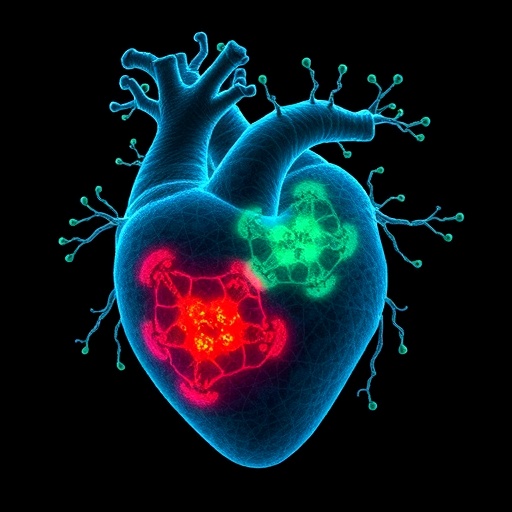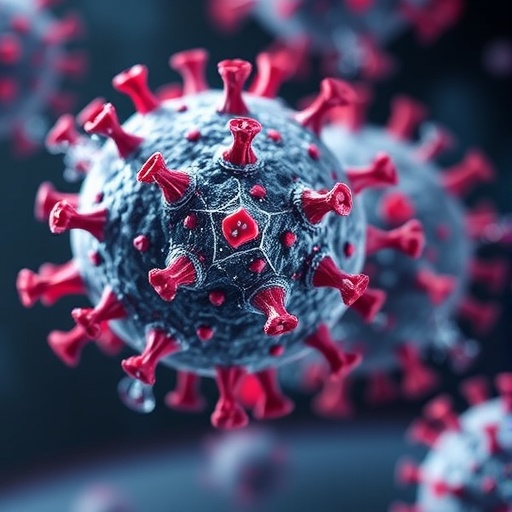Treatment slows tumor growth and increases survival in animal model of diffuse intrinsic pontine glioma (DIPG)
A study published in Nature Communications found that an inhibitor of an enzyme called ACVR1 slows tumor growth and increases survival in an animal model of diffuse intrinsic pontine glioma (DIPG) – the most deadly brain tumor in children. Currently, there are no approved drugs for treating DIPG. This research opens the door to a promising new treatment strategy.
“Our results are encouraging and suggest that it might be reasonable to test an inhibitor of this enzyme in a clinical trial,” says senior author Oren Becher, MD, from Stanley Manne Children’s Research Institute at Ann & Robert H. Lurie Children’s Hospital of Chicago and Associate Professor of Pediatrics at Northwestern University Feinberg School of Medicine. “Prior to that, we need to evaluate different ACVR1 inhibitors in animal models to make sure we bring the most safe and effective agent to trials with children.”
In 2014, Dr. Becher’s lab co-discovered that ACVR1 mutations are found in approximately 25 percent of DIPGs, leading the enzyme to be overactive. In the current study, Dr. Becher and colleagues demonstrate for the first time in an animal model that this enzyme mutation cooperates with a histone mutation (H3.1 K27M) found in 20 percent of DIPGs. Together, these mutations are important in initiating tumor development.
Histone is a protein that acts like a spool for DNA, helping to package the six-foot long DNA strand into the tiny nucleus of every cell. Histones also help regulate which genes turn on and off, a process that goes awry when there is a histone mutation.
“Our future work will examine why and how the ACVR1 and histone mutations work together to trigger DIPG development,” says Dr. Becher, who also is the Rory David Deutsch Malignant Brain Tumor Research Scholar. “Greater insight into this process will bring us closer to identifying a successful therapy for children with DIPG.”
###
This work was supported by the Damon Runyon Cancer Research Foundation, the Stewart Trust Foundation, National Institute of Health grants (R01 CA197313, K02-NS086917), Madox’s Warriors, Fly the Kite Foundation, Cristian Rivera Foundation, and John McNicholas Pediatric Brain Tumor Foundation.
Research at Ann & Robert H. Lurie Children’s Hospital of Chicago is conducted through the Stanley Manne Children’s Research Institute. The Manne Research Institute is focused on improving child health, transforming pediatric medicine and ensuring healthier futures through the relentless pursuit of knowledge. Lurie Children’s is ranked as one of the nation’s top children’s hospitals in the U.S.News & World Report. It is the pediatric training ground for Northwestern University Feinberg School of Medicine. Last year, the hospital served more than 212,000 children from 49 states and 51 countries.
Media Contact
Vita Lerman
[email protected]




